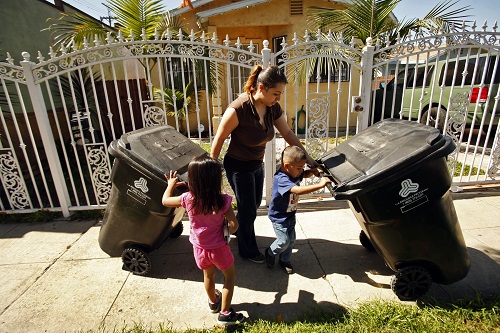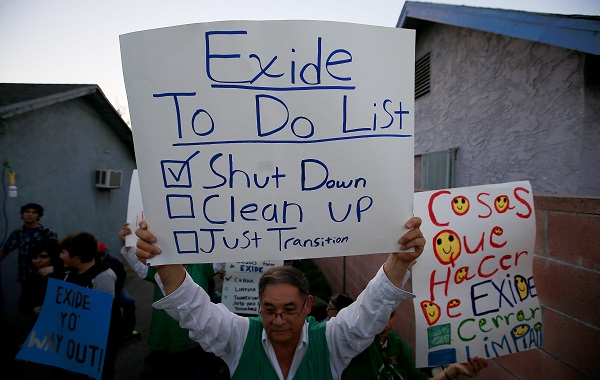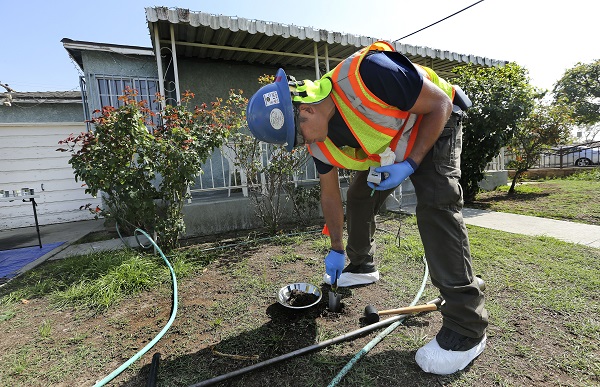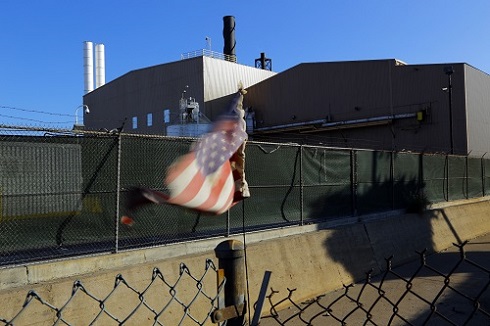Exide Technologies: A history

The battery recycling plant is told to reduce its emissions after recent tests showed it’s posing a danger to as many as 110,000 people living in an area that extends from Boyle Heights to Maywood and Huntington Park.

Air quality regulators order the embattled Vernon battery recycler to cut production after an air monitor revealed lead emissions had exceeded health standards over a 30-day period.

State regulators greatly expand the area of homes, schools and parks that will be tested for lead-tainted soil near the Exide plant in Vernon. Crews begin removing contaminated soil from homes in Boyle Heights.
Exide is cited for eight news hazardous-waste violations after inspections find the plant was treating and storing contaminated sludge in unauthorized tanks that lacked an adequate containment system to prevent spills. Inspectors also find holes in the facility’s walls and roof, among other problems.

Exide Technologies will permanently close its Vernon plant and avoid criminal charges under an agreement with the U.S. attorney’s office.
Read a report from the California Department of Toxic Substances Control on a series of 2013 inspections of Exide’s battery recycling plant.

Authorities say the removal of lead-contaminated soil from thousands of homes near the Exide plant would be the largest cleanup of its kind in California and among the biggest conducted nationwide.
California regulators announce a plan to use $7 million in state money to quickly expand testing and cleanup of lead-contaminated properties surrounding a closed battery recycling plant in Vernon. The proposal draws skepticism from residents, who accuse state officials of being slow to acknowledge the extent of contamination and of dragging their feet with the cleanup.

Los Angeles County supervisors, frustrated by what they say is a lack of urgency by state officials, approve spending $2 million to speed the removal of lead from homes and yards near the Exide Technologies plant.

State officials say they will begin using data on levels of lead in children’s blood to help focus the massive cleanup of contaminated homes.
Sources: Times research
Credits: Maloy Moore, Tony Barboza

